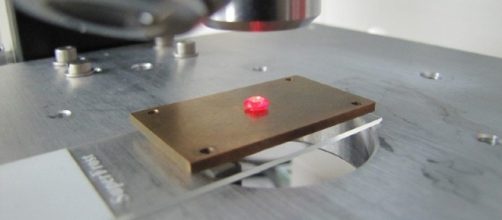Unlike conventional memories utilized by a typical computer using binary codification-1 or 0, in quantum (Q) memories, random superpositions of the same states are feasible. The majority of the concepts in Q technology rely on the superposition principle, which states that Q states can be added together, resulting in another valid quantum state. The difficulty of this idea is that such states are short-lived and the information can be read only for a short period of time, after which the Quantum memory is lost.
Storing quantum memory
A team of researchers has developed a new way of storing Q memory based on Nitrogen atoms and microwaves.
The nitrogen atoms possess characteristics that lead to the rapid loss of a quantum state. Scientists have experimented that by varying a small fraction of the atoms, the remaining atoms can be brought into a new Q state. By using microwaves to selectively change some nitrogen atom energies, a spectral hole is created. The remaining atoms can attain a new quantum state in the middle of these holes, attaining a more stable state.
Nitrogen diamond
For the generation of extended Quantum states, scientists used special equipment to reduce the influence of thermal disruption and cooled the entire setup to 20 millidegree (-273.13° C) above the absolute zero temperature. Nitrogen atoms are inserted into a synthetic diamond.
The quantum state of the nitrogen atoms is combined with microwaves and the resulting quantum system is used to store data; however, the storage time is restricted due to the heterogeneous enlargement of the microwave transition in the atoms of nitrogen. The quantum state only lasts for about half of a microsecond and cannot be read out. Scientists intent to device a quantum system with more long-lasting states to allow the storage of information.
The newly developed approach has increased the lifetime of the quantum states of the combined system of microwaves and nitrogen atoms to about five microseconds, which is good enough for quantum technological applications. A varied quantity of operational stages can be attained in the span time of microseconds, during which the system remains in a stable state.

